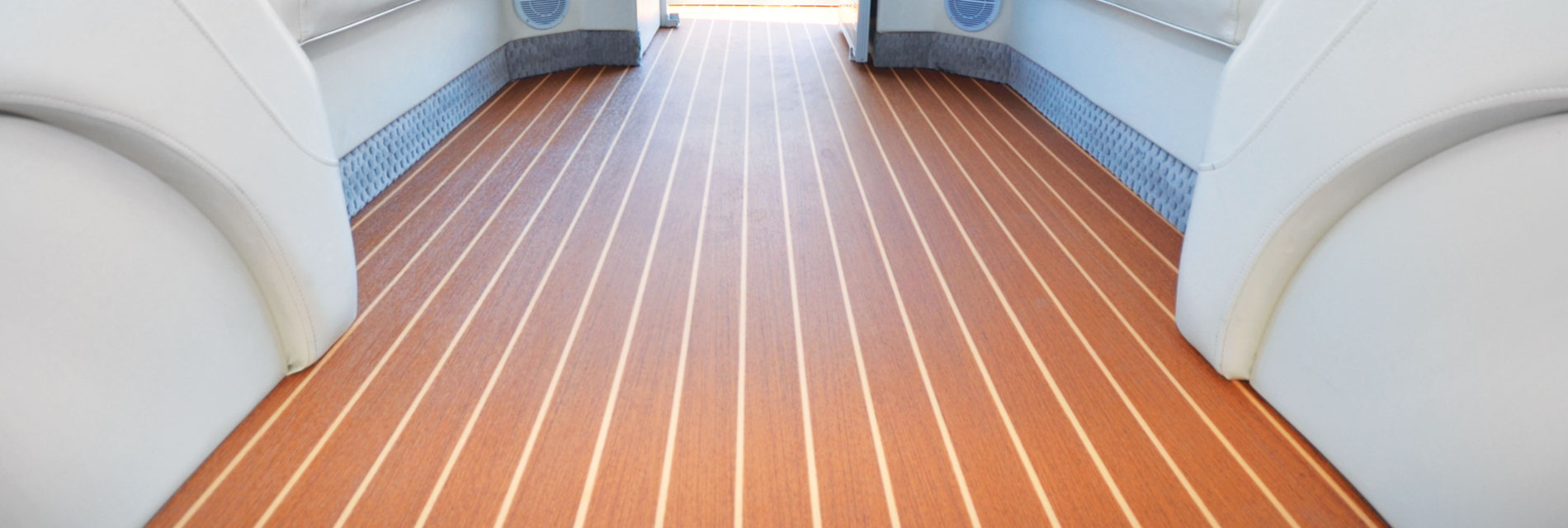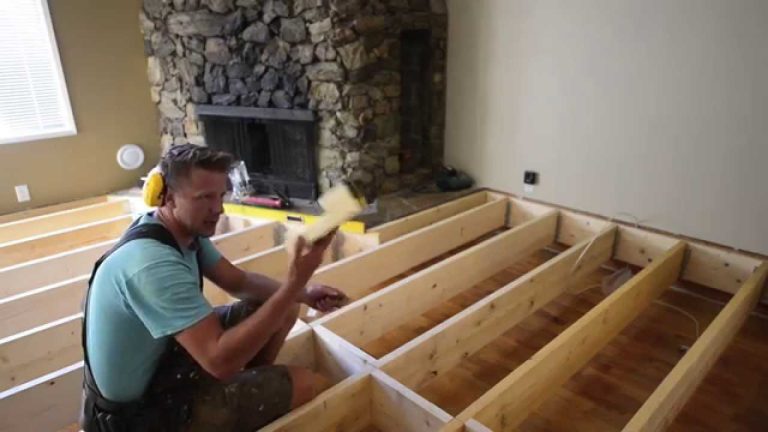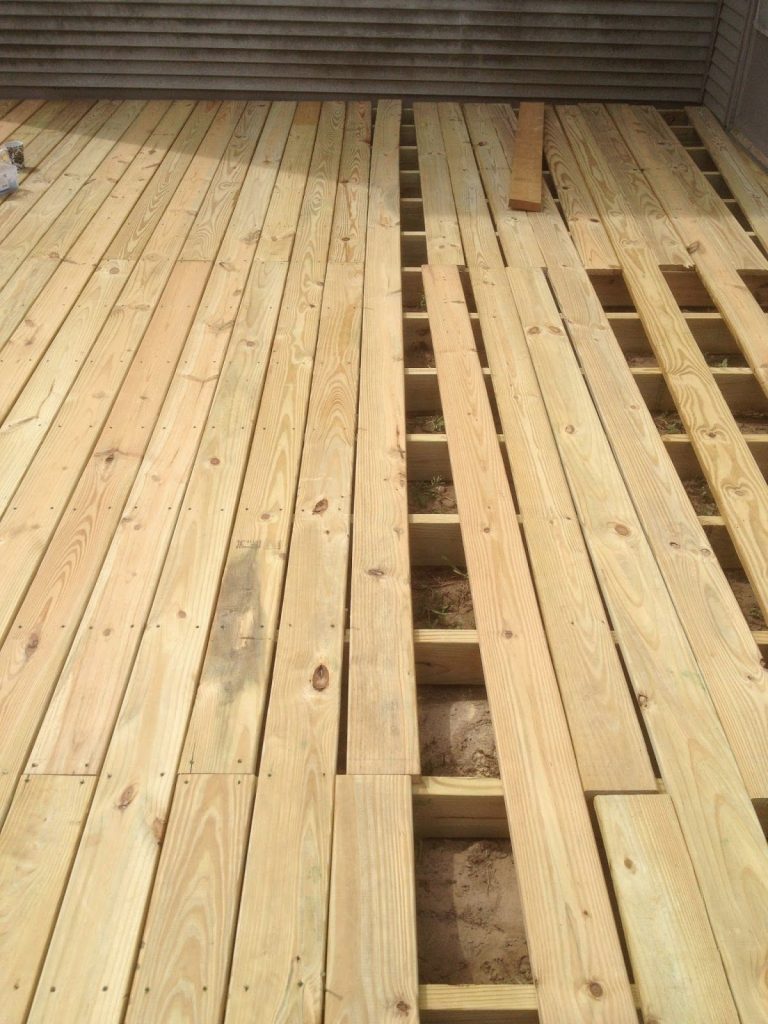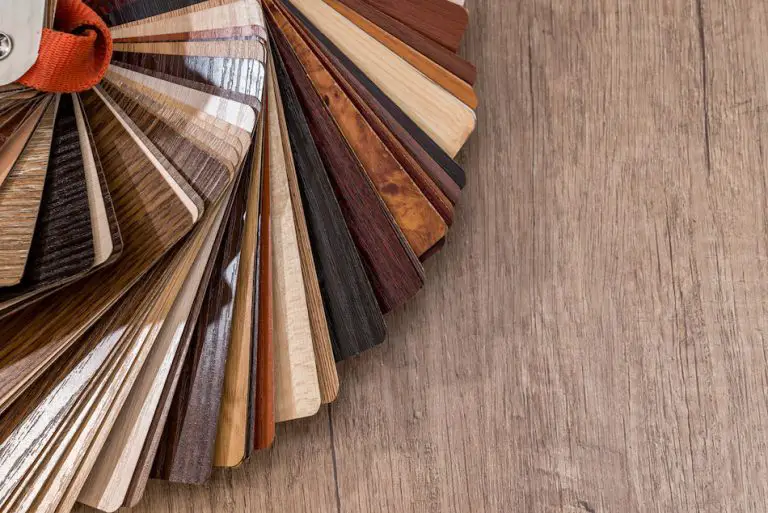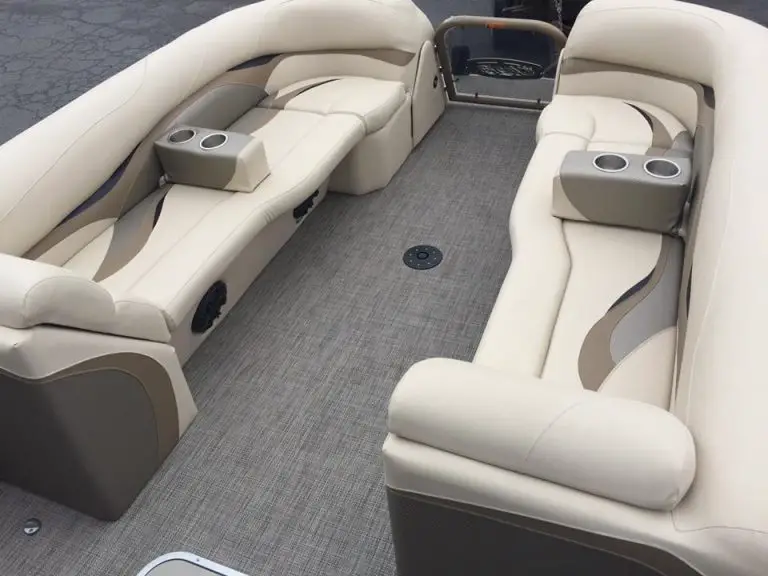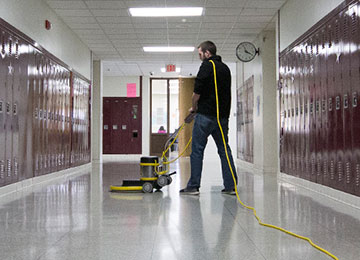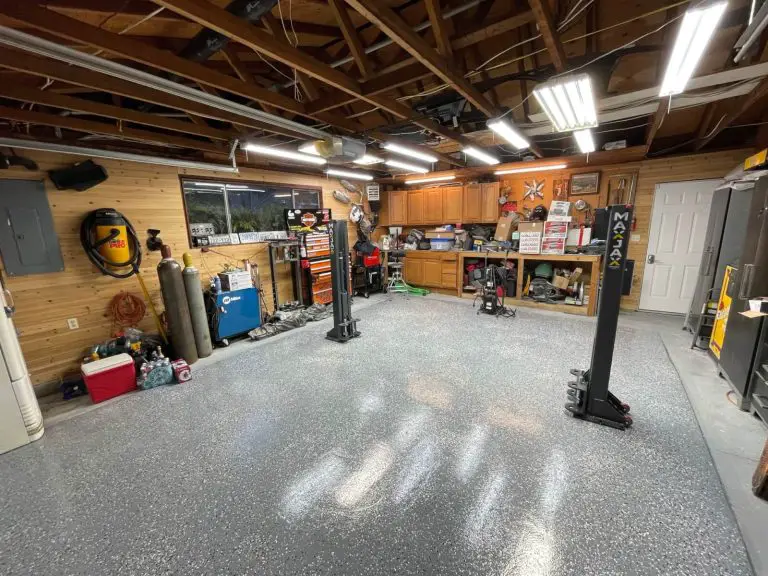How to Clean Marine Vinyl Flooring
Cleaning marine vinyl flooring can be a daunting task. Marine vinyl is used in many boats and other vehicles to provide a durable and water-resistant surface that has the added benefit of looking great. However, it needs regular maintenance and cleaning to look its best.
With the right tools and techniques, you can keep your boat’s flooring looking like new for years to come. The most important thing when it comes to cleaning marine vinyl is having the proper supplies on hand. You’ll need cleaners specifically designed for use on marine surfaces, as well as a soft brush or cloth for scrubbing away dirt and debris.
Additionally, you may want to invest in an absorbent mop or rag so you don’t have to worry about getting down on your hands and knees with every clean session! Once all of these items are gathered up, it’s time to start tackling that dirty deck or cabin area!
- Gather Supplies: To clean marine vinyl flooring, you will need a scrub brush or sponge, warm water, mild dish soap, and a vacuum cleaner
- Vacuum the Flooring: Start by vacuuming the flooring thoroughly to remove any dirt or debris that is present. This will help ensure that when you wash it, all of the dirt won’t just get pushed around on the surface
- Mix Soapy Water Solution: Fill a bucket with warm water and add the mild dish soap according to package instructions. Make sure to mix it well so that it’s sudsy but not too foamy
- Begin Cleaning Process: Dip your scrub brush or sponge into the soapy water and begin cleaning in small sections at a time. Scrub gently in circular motions until all areas have been cleaned thoroughly then rinse off with clean water immediately after each section has been completed
- Dry Thoroughly: After washing and rinsing off all surfaces with clean water, use an absorbent towel to dry off as much of the moisture from the flooring as possible before moving onto another area
Cleaning Pontoon Vinyl Flooring
If you own a pontoon boat, then you are likely familiar with the maintenance and upkeep that is required to keep it looking its best. One of the most important components of your pontoon boat is the vinyl flooring, which needs regular cleaning in order to maintain its appearance and condition. Cleaning your pontoon’s vinyl flooring can seem intimidating at first, but with the right techniques and products, keeping your floor looking like new will be easier than ever before!
The first step in cleaning your pontoon’s vinyl flooring is to vacuum or sweep away any dirt and debris from the surface. This will help ensure that all dirt particles are removed before moving on to more rigorous cleaning methods. Once this initial step is complete, you should use a mild detergent mixed with warm water to clean any remaining grime or stains on your floors.
For tougher stains such as grease or oil spots, you may need to use something stronger such as a degreaser or an upholstery cleaner specifically designed for marine applications. After every cleaning session, it is important to rinse off any soapy residue from the surface in order to prevent it from becoming sticky when dry. Additionally, if you notice any fading on your vinyl floors over time due largely in part to UV exposure, there are specialty cleaners available specifically designed for restoring faded surfaces back to their original coloration.
When finished with each cleaning session make sure that all surfaces have dried properly – especially around seams where moisture tends to accumulate – prior to applying protectant spray which helps repel dirt and other elements while also maintaining color vibrancy for longer periods of time compared to protection applied. Lastly, consider investing in one of many specialized mats made specifically for protecting Pontoon Vinyl Floors against scratches, tears & wear-and-tear over long-term usage. In conclusion, regularly scheduled cleanings along with proper protection using quality materials can go a long way towards extending life expectancy as well preserving the beauty of Ponton Vinyl Floorings.
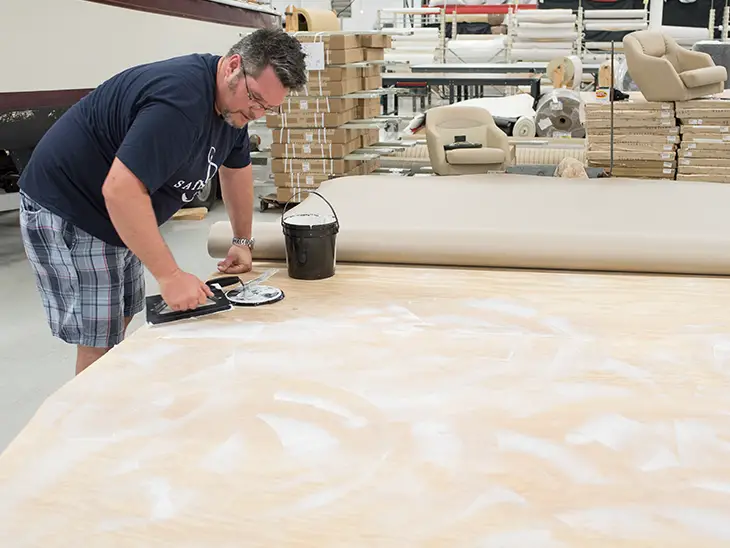
Credit: www.sailrite.com
What Do You Clean Marine Vinyl With?
If you own a boat, chances are you have some type of marine vinyl upholstery on board. Marine vinyl is a durable material that can withstand the harsh conditions often encountered in boating, but it still needs to be taken care of and regularly maintained. To keep your boat’s upholstery looking its best, you need to know how to clean marine vinyl properly.
The first step in cleaning marine vinyl is to vacuum the fabric with an appropriate attachment or brush attachment for delicate fabrics. This will remove any dirt particles and debris from the surface of the material before beginning any wet cleaning process. Once this has been done, use a mild soap such as dishwashing liquid or even laundry detergent mixed with warm water and apply directly onto the fabric using a soft cloth or sponge.
Rub gently into the stained area until all dirt and grime have been removed then rinse off with fresh water afterward before allowing it to air dry completely naturally – do not expose your fabric to direct sunlight while drying as this may fade the color over time! Once dry, if there are stubborn stains remaining on your marine vinyl which cannot be removed by gentle soaping then consider using specialized cleaners specifically designed for outdoor furniture fabrics such as 303 Fabric Guard or Starbrite Vinyl Cleaner (both available at most boating supply stores). These products should be applied according to their instructions however they tend to work best when sprayed onto affected areas and then left for 5-10 minutes before wiping away excess product with damp cloths – repeat if necessary until stains have lifted!
Finally, finish off by applying an appropriate UV protectant spray which will help shield against fading caused by prolonged exposure outdoors in direct sunlight too! By following these simple steps you can ensure that your boat’s upholstery stays looking good season after season so get out there and enjoy life on the waves without worrying about keeping things shipshape – literally speaking of course!
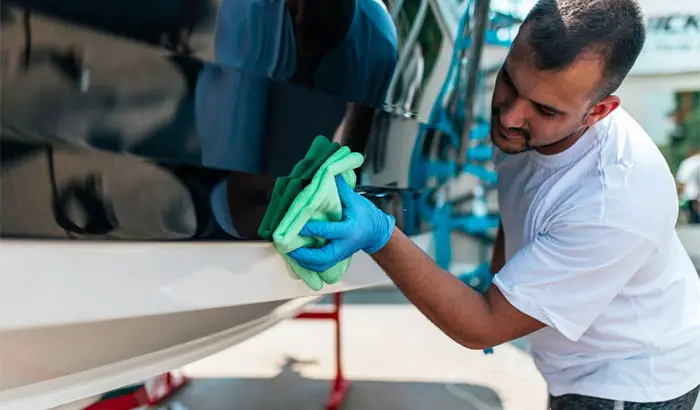
Credit: www.ridetheducks.com
What is the Best Cleaner for Waterproof Vinyl Flooring?
If you’re looking for the best cleaner for your waterproof vinyl flooring, then you’ve come to the right place. Waterproof vinyl flooring is becoming increasingly popular as it provides a great look and durable finish that can withstand heavy foot traffic, spills, and other messes. But keeping this type of flooring in top condition requires regular cleaning and maintenance with the right products.
The best cleaner for waterproof vinyl flooring will depend on the specific type of surface you have installed in your home or business. Generally speaking, water-based cleaners are safe to use on most types of waterproof vinyl floors, but some may require more specialized solutions such as mild detergents or pH-neutral cleaners specifically designed for use with these types of floors. To ensure that your cleaner is suitable for use with your particular type of waterproof vinyl flooring it’s important to read all product labels carefully before using any cleaning solution – even if they claim to be safe for use on any kind of surface.
It’s also important to keep in mind that one size does not fit all when it comes to selecting a cleaner; you should always select a product made specifically for the material used in constructing your particular type of floor covering – otherwise damage could occur from incompatible chemicals reacting negatively with each other! When selecting a cleaner, look out for eco-friendly options as some traditional chemical-based products may contain harsh ingredients which could potentially harm both humans and animals alike over time so avoid them where possible! You should also make sure that whatever solution you choose is gentle enough not to leave streaks or residue behind after wiping up any spills or messes; this way even stubborn dirt won’t stand a chance against it!
Finally, don’t forget about proper maintenance either: while using an effective cleaning agent will help keep things looking fresh and spotless, regular vacuuming and mopping can prevent further build-up by removing dirt particles before they become embedded into the grooves between planks (or tiles). This will ultimately extend its lifespan significantly – saving you money in costly repairs down the line! In conclusion, there are lots of factors involved when choosing what’s best suited as a cleanser/maintainer for YOUR unique set up but generally speaking, water-based solutions tend to be the safest choice across most surfaces whilst eco-friendly formulas offer peace of mind too – plus no nasty odors lingering afterward either!
How Do You Clean Marine Floors?
When it comes to cleaning marine floors, the best way to do so is by using a pressure washer. Pressure washing is an effective method of removing dirt and debris from surfaces with minimal effort or damage – perfect for keeping your boat’s floor looking great. Here’s how you can clean your marine floor with a pressure washer:
- Gather Your Materials Before you start cleaning your boat’s floor, make sure you have all of the materials necessary to complete the job. You will need a pressure washer, soap solution, brushes and/or scrubbers (depending on what type of surface needs to be cleaned), protective eyewear, and gloves.
- Prepare The Surface For Cleaning Before using any kind of detergent or cleaner on your boat’s floors, it is important that they are clear of any debris such as leaves or twigs that could clog up the nozzle when spraying. Additionally, make sure no electrical cords or wires are in the path of where you plan on spraying with water pressure from the machine as this can cause serious damage or even electrocution if not careful!
- Apply Soap Solution To The Floor Now that everything is prepared for cleaning its time to apply some soap solution onto the floor before turning on the pressure washer itself. This helps break down any grease and grime before attempting to remove them entirely with high-pressure water jets from our machine; just ensure that whatever product used here is safe for use around marine environments otherwise there may be potential risks posed! It also makes sense (where possible) to use something biodegradable like seaweed extract; this won’t harm delicate ecosystems near shorelines too much either!
- Start Washing With Pressure Washer After applying soap solution onto our decking now we’re ready for action – start up your powerwasher at medium setting first and begin slowly going over every inch making sure each part gets covered well enough without causing excessive splashing which can leave dangerous puddles behind us afterward! Be mindful though; only aim directly downwards so as not to avoid hitting nearby furniture while still ensuring maximum results during operation time here – once done switch off immediately after finishing one section completely before moving on elsewhere again until finished!
How Do You Clean Boat Vinyl?
Cleaning boat vinyl can be a tricky task, but it is important to keep your vessel looking its best and protect it from wear and tear. Properly caring for boat vinyl will help maintain the beauty of the material and extend its life. To begin cleaning boat vinyl, start by vacuuming or brushing off any loose dirt particles.
This step is necessary in order to prevent scratching while you clean the surface. Then fill a bucket with hot water and add a mild detergent designed specifically for upholstery or leather items such as car seats or furniture. Using an absorbent cloth, dip it into the solution and gently scrub away any stubborn grime on the surface of the vinyl, being sure not to use too much pressure which could damage it further.
Rinse off any soap residue with fresh water immediately after scrubbing with a damp sponge before wiping dry with another clean cloth. In addition to using detergents, there are other products that can be used when cleaning boat vinyl such as specialized cleaners made specifically for this type of material as well as fabric protectants that make future cleanings easier by creating an invisible shield against dirt accumulation over time. For stains caused by grease or oil-based substances like sunscreen, bug repellent, or suntan lotion; these should first be blotted away using paper towels and then followed up with one of these specialized cleaners in order to remove them completely without damaging the underlying material beneath them. It’s also important to note that some types of marine grade canvas may contain waterproofing coatings which require special attention when cleaning since they may see damage if exposed to certain chemicals found in store-bought detergents and cleaners not formulated specifically for this purpose – always check labels carefully prior to purchasing! Additionally; never use bleach on your boat’s vinyl surfaces since this could cause discoloration over time due to its strong oxidizing properties – instead opt for natural cleansers like baking soda mixed into warm water if needed!
Conclusion
Want to know how to keep your marine vinyl flooring looking great? No problem! Cleaning and maintaining marine vinyl is easy with the right supplies.
First, you’ll need a mild soap or detergent, a soft brush, and some warm water. Start by brushing away any dirt or debris on the surface of the vinyl. Next, mix your soap in warm water and use a sponge to apply it evenly over the entire area.
Once finished, rinse off all of the soapy residues with clean water and dry off with a soft cloth. For tougher stains like grease or oil, you can use an upholstery cleaner specifically designed for vinyl surfaces – just follow the instructions carefully! Finally, if desired you can protect your marine vinyl from future damage by applying a special coating that helps repel moisture and other elements that could be potentially damaging.
With these steps completed your marine floor should look as good as new!
